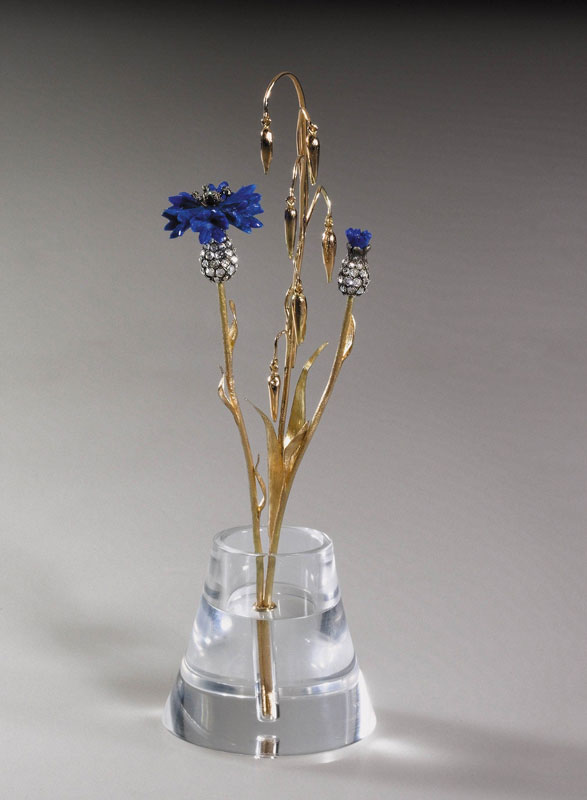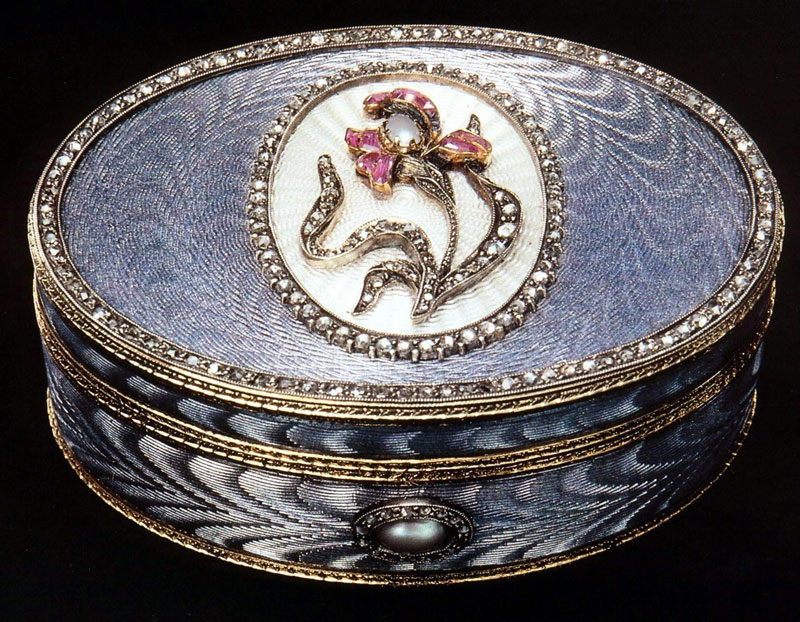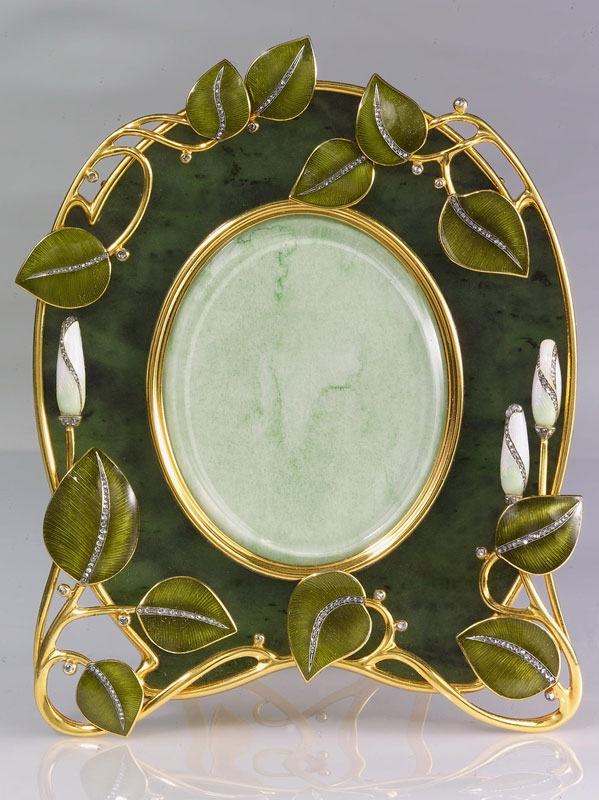Украшения интерьера
Воспитание ребенка - сложная и важнейшая задача родителей. И наряду с обычными воспитательными мерами, крайне важна атмосфера, в которой живет ребенок. Что его окружает, какие картины висят на стенах, есть ли в доме живой огонь, как подобраны игрушки, люстры, цвет обоев, и прочие предметы, украшающие интерьер детской комнаты и квартиры.

До второй половины 20 века, убранство петербургских квартир, в основном, состояло из вещей, доставшихся по наследству от родителей. Мебель из массива красного дерева, остатки серебряных столовых приборов, миниатюрные шкатулки для лекарств, серебряные рамки для фотографий, напольные часы, яйца, подаренные когда-то на Пасху, ювелирные фигурки из камня, портсигары, вазочки с цветами, выполненные из камня, золота и серебра, часто с бриллиантами. Дополняли интерьер квартир и старинные вышитые скатерти, салфетки, скрученные в трубочку и продетые в серебряные кольца, хрустальные вазы в серебре, наполненные яркими фруктами...

В таких условиях жили дворяне, вольно или невольно наполняя атмосферу дома изящными вещами, сделанными со вкусом. Добавьте к этому украшения хозяек дома, хранящиеся в заветных шкатулках - тонкие цепочки с медальонами, пасхальными яйцами, изящные брошки, кулоны, кольца и серьги, колье, доставшиеся от бабушек - все это называлось "фамильные драгоценности". Не раз впоследствии, эти украшения и предметы спасали владельцев, в сложные годы в истории Отечества. В этом и есть ценность этих фамильных драгоценностей. Их можно иногда надевать, по особым случаям, и они же могут спасти своих хозяев, потому что продаются только в случае крайней необходимости.

Во второй половине 20 века в России "началась мода" на мебель из прессованных опилок. Автор этой статьи не забудет, как валялись на свалках шкафы и мебель из красного дерева, швейные машинки Зингер, огромные зеркальные рамы. Среднему человеку, винтику государственной машины, навязали такую же среднюю мебель, потолки в квартирах, до которых можно было достать рукой, атмосферу в которой выросли бы интеллектуально развитые дети создавать можно было только из дешевого ширпотреба. Ушли в прошлое высокие потолки, крахмальные скатерти, столовое серебро, живой огонь в камине, на который можно было смотреть бесконечно.
Опустели шкатулки, колье, брошки, кольца с бирюзой, сапфирами, рубинами и бриллиантами , браслеты и диадемы, цепочки с пасхальными яйцами, оказались или растащены революционными матросами в 1917 году, или проеденными в блокаду Ленинграда, или обменены в Торгсине на хлеб. Фамильные драгоценности, как и изделия, украшающие интерьер, нужно создавать заново.
Атмосфера, в которой живет человек, постоянно влияет на его чувства, душу, создает образ исторического единства россиянина с предшествующими поколениями. Грубые предметы формируют душевную черствость, а изящные вещи и украшения - вкус и душевную тонкость.
Автор: А.Г. Ананов


